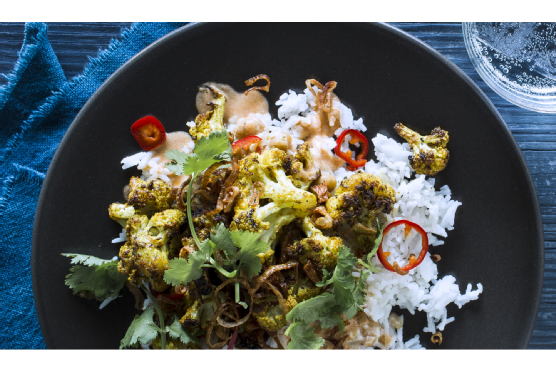Chocolate, Caramel and Walnut Turtles
Chocolate, Caramel and Walnut Turtles requires around 45 minutes from start to finish. This gluten free recipe serves 35 and costs 86 cents per serving. One serving contains 339 calories, 4g of protein, and 19g of fat. This recipe from The Comfort of Cooking has 1188 fans. It works well as a very affordable hor d'oeuvre. A mixture of vanilla, corn syrup, vegetable shortening, and a handful of other ingredients are all it takes to make this recipe so scrumptious. With a spoonacular score of 19%, this dish is rather bad. If you like this recipe, take a look at these similar recipes: Salted Dark Chocolate Caramel Pecan Turtles, Chocolate Caramel Pecan Candies aka Turtles | Huawei Ascend Mate 2, and Homemade Caramel Turtles.
Servings: 35
Ingredients:
4 tablespoons butter, cut up, plus more for pans
1 cup light corn syrup
1 cup evaporated milk
Candy thermometer
1/2 pound semisweet chocolate, chopped
1 cup sugar
1 teaspoon vanilla
1 tablespoon vegetable shortening (recommended: Crisco)
3/4 pound walnut halves (about 3 1/2 cups), toasted
Equipment:
baking sheet
sauce pan
kitchen thermometer
double boiler
bowl
Cooking instruction summary:
Generously butter 2 baking sheets. On the baking sheets, arrange the nut halves in snowflake-shaped clusters, leaving 2 inches of space between each.In a medium saucepan, combine 1/2 cup of the evaporated milk, the corn syrup, and sugar and bring to a boil. Add the remaining 1/2 cup evaporated milk and the 4 tablespoons butter, and cook, stirring constantly, until it reaches the soft ball stage (as noted on thermometer), 240 degrees F. Stir in the vanilla and remove from the heat. Let cool to 200 degrees F.Using a tablespoon, spoon caramel on top of each nut cluster and let harden. (If the caramel becomes too stiff to pour, return to low heat, and cook, stirring constantly, until it returns to the proper consistency.)To make the chocolate coating, in the top of a double boiler or in a metal bowl set over barely simmering water, combine 6 ounces of the chocolate and the shortening. Melt over low heat, stirring, until it reaches 116 to 118 degrees F, or feels fairly warm but not hot to the touch.Remove from the heat and stir in the remaining 2 ounces of chocolate. Continue stirring until the chocolate reaches 80 degrees F or feels cool to the touch. Return to low heat and cook, stirring, until the temperature rises to 85 to 87 degrees F, or feels barely cool. Remove from the heat.Drizzle 1 tablespoon of tempered chocolate over each cluster. Set aside in a cool place to harden. Store in an airtight container at room temperature for up to 2 weeks, with waxed paper separating the layers to prevent sticking.Enjoy!
Step by step:
1. Generously butter 2 baking sheets. On the baking sheets, arrange the nut halves in snowflake-shaped clusters, leaving 2 inches of space between each.In a medium saucepan, combine 1/2 cup of the evaporated milk, the corn syrup, and sugar and bring to a boil.
2. Add the remaining 1/2 cup evaporated milk and the 4 tablespoons butter, and cook, stirring constantly, until it reaches the soft ball stage (as noted on thermometer), 240 degrees F. Stir in the vanilla and remove from the heat.
3. Let cool to 200 degrees F.Using a tablespoon, spoon caramel on top of each nut cluster and let harden. (If the caramel becomes too stiff to pour, return to low heat, and cook, stirring constantly, until it returns to the proper consistency.)To make the chocolate coating, in the top of a double boiler or in a metal bowl set over barely simmering water, combine 6 ounces of the chocolate and the shortening. Melt over low heat, stirring, until it reaches 116 to 118 degrees F, or feels fairly warm but not hot to the touch.
4. Remove from the heat and stir in the remaining 2 ounces of chocolate. Continue stirring until the chocolate reaches 80 degrees F or feels cool to the touch. Return to low heat and cook, stirring, until the temperature rises to 85 to 87 degrees F, or feels barely cool.
5. Remove from the heat.
6. Drizzle 1 tablespoon of tempered chocolate over each cluster. Set aside in a cool place to harden. Store in an airtight container at room temperature for up to 2 weeks, with waxed paper separating the layers to prevent sticking.Enjoy!
Nutrition Information:
covered percent of daily need















